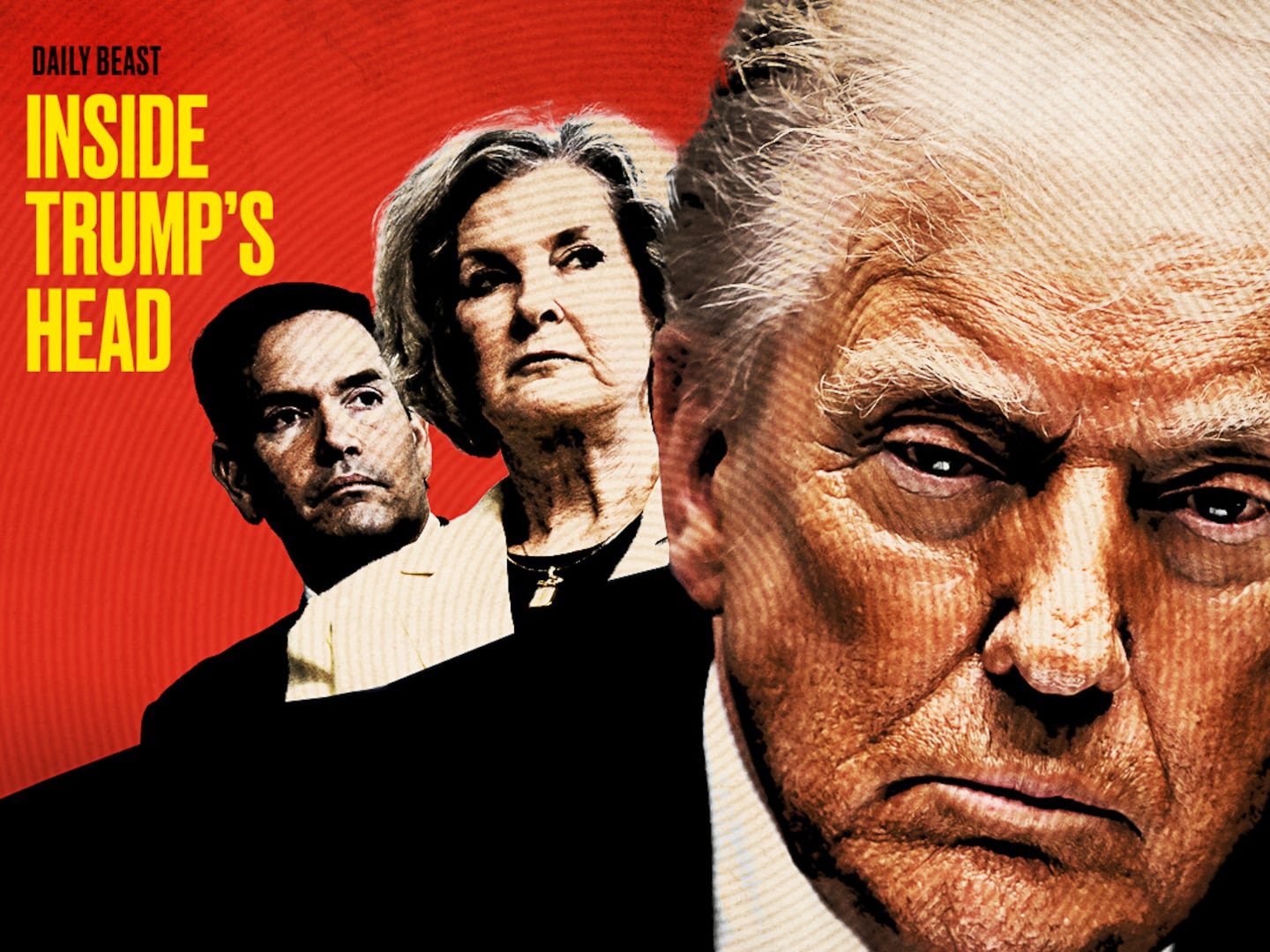A couple of weeks before he allegedly opened fire in a packed Aurora, Colo., movie theater, killing 12 people and injuring 58 others during a midnight showing of The Dark Knight Rises, James Holmes told a classmate he might be suffering from a type of bipolar disorder known as dysphoric mania, according to The New York Times.
Since the July 20 massacre, Holmes’s psychiatric state has been the subject of fierce speculation, but few conclusive clues have yet come to light, leading to a murky, constantly changing portrait.
Immediately after the shooting, some mental-health experts ventured that Holmes might be schizophrenic. His first appearance in court, during which he appeared almost to nod off before opening his eyes wide, did little to dissuade those who believed he was not mentally sound.
On Monday, The New York Times reported that Holmes sent a text message in early July to a classmate in his neuroscience program at the University of Colorado, asking if she had heard of dysphoric mania. She texted back to ask him if it could be treated. “It was,” Holmes replied, but told her to keep her distance “because I am bad news.”
Of course, Holmes’s mental state before, during, and after the shooting is key to what is likely to be a lengthy and highly publicized case. If he is found not guilty by reason of insanity, he will almost certainly spend the rest of his life in a psychiatric hospital. If he is found competent to stand trial, on the other hand, he faces a prosecution that could result in either the death penalty or life in prison.
So what is dysphoric mania?

As with most bipolar conditions, it involves rapidly sequential, almost simultaneous episodes of mania and depression, according to Julie Fast, author of Take Charge of Bipolar Disorder. “You want to change everything. It feels like everything in your life is wrong and needs to change,” Fast said.
People who suffer from the condition are often extremely physically uncomfortable, Fast said. They fidget constantly and can rarely sleep, sometimes going a month or more on two to three hours of sleep a night.
Michael Strober, a professor in UCLA’s department of psychiatry and biobehavioral sciences, described the episodes—also called “mixed-mania” episodes—as a “rapid waxing and waning of elation, crying jags, misery, guilt and euphoria. It’s almost as if you see a kaleidoscope of symptoms of varying quality in very short order.”
Bipolar disorders—which are often brought on by a stressful event such as the end of a relationship or a high-pressure academic situation—usually develop in adolescents and young adults between the ages of 15 and 24, said Lisa Boesky, a psychologist and author of When to Worry: How to Tell if Your Teen Needs Help and What to Do About It. Holmes is 24, and in the weeks before the attack he had performed poorly on an oral exam and subsequently dropped out of his doctoral program. Boesky said if Holmes—who previously had a very strong academic record—was suffering from episodes of mixed mania, it is possible he failed his oral exam “because his thinking was already distorted.”
Holmes was seeing a university psychiatrist, Lynne Fenton, but due to court orders barring the release of most information about Holmes’s time there, it is not known whether she or anyone else officially diagnosed him with dysphoric mania.
Regardless, Holmes’s psychiatric condition will be critical to the question of why he would stockpile weapons and ammunitions, booby trap his home, and set out to kill as many people as he could.
Mental-health experts are quick to point out that people who suffer from mental illness are not necessarily more likely to inflict violence.
“Someone with bipolar disorder and/or psychosis is actually more likely to be a victim of violence because they are so vulnerable,” Boesky said.
Suicide rates among those with mixed-mania episodes are also high, “because the person is unhappy and energized—you’re not just lying in bed,” Fast said.
Any drugs Holmes was taking could also prove to be a significant factor in determining his state of mind at the time of the shooting.
It is not known whether Holmes was prescribed or was taking psychotropic or other drugs, although it has been reported that he took 100mg of the painkiller Vicodin hours before the shooting spree and that he smoked marijuana occasionally.
Use of stimulants like cocaine and methamphetamine “can potentially mimic the effects of classic mixed episodes,” Strober said.
Whether or not they are accompanied by drug use, episodes of mixed mania can lead to “extremely compulsive behavior,” Fast said.
“You get this idea of doing something and even if your mind is saying ‘don’t do it,’ your body moves you forward.”






